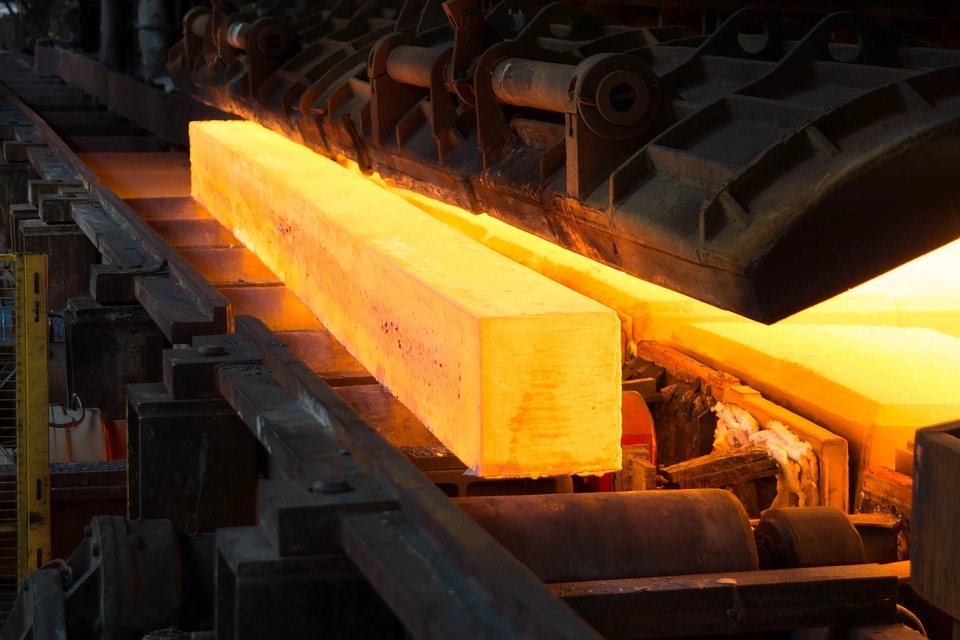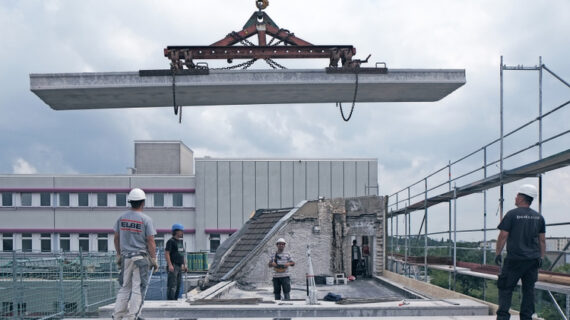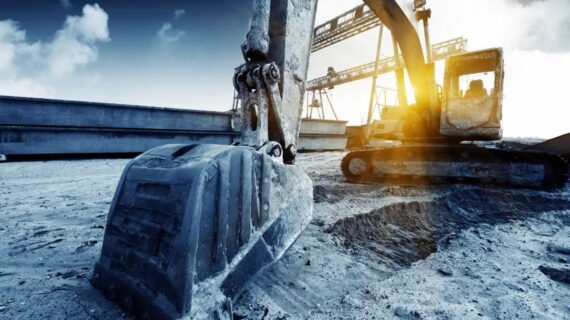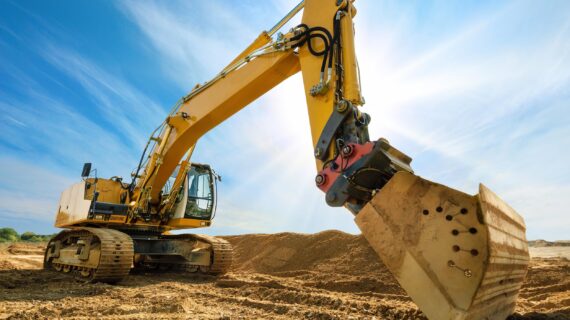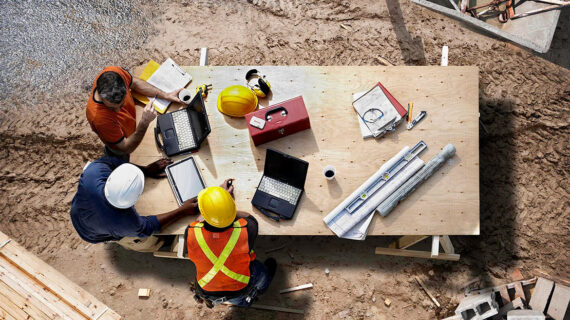What is Hot Rolling – Advantages and Disadvantages
Hot Rolling Process
Hot rolling is a metalworking process in which metal is heated above the recrystallization temperature to plastically deform it in the working or rolling operation.
This process is used to create shapes with the desired geometrical dimensions and material properties while maintaining the same volume of metal. The hot metal is passed between two rolls to flatten it, lengthen it, reduce the cross-sectional area and obtain a uniform thickness. Hot-rolled steel is the most common product of the hot rolling process, and is widely used in the metal industry either as an end product or as raw material for subsequent operations.
Advantages of Hot Rolling:
1. Mechanical Properties Improved:
The mechanical properties like toughness, resistance to shock, ductility, and percentage elongation are improved.
2. Grain Structure Refined:
The grain structure of the metal is refined i.e., the coarse grains are converted into fine grains which changes the properties of metal.
3. Porocity Eliminated:
The porocity of the metal is eliminated, thus producing strong and uniform structure.
4. Impurities Uniformly Distributed:
The impurities like slag are evenly distributed throughout the metal. Otherwise, they concentrated at one position inside the metal, shall make it weaker at that position.
5. Low Pressure Required:
The deformation of metal is easy due to higher temperature of metal being rolled. This reduces the pressure requirements.
Disadvantages of Hot Rolling:
1. Expensive Process:
Hot rolling is an expensive process because it requires expensive tools, great skill to handle and maintain it.
2. Correct Temperature Difficult to Maintain:
The correct temperature range for working is difficult to maintain.
3. Poor Surface Finish:
The higher temperature of working causes to rapid oxidation and scale formation on the metal surface. This gives a poor surface finish and loss of strength of the material.
4. Difficult to Maintain Close Tolerance:
Due to poor surface finish, close tolerances cannot be maintained.


